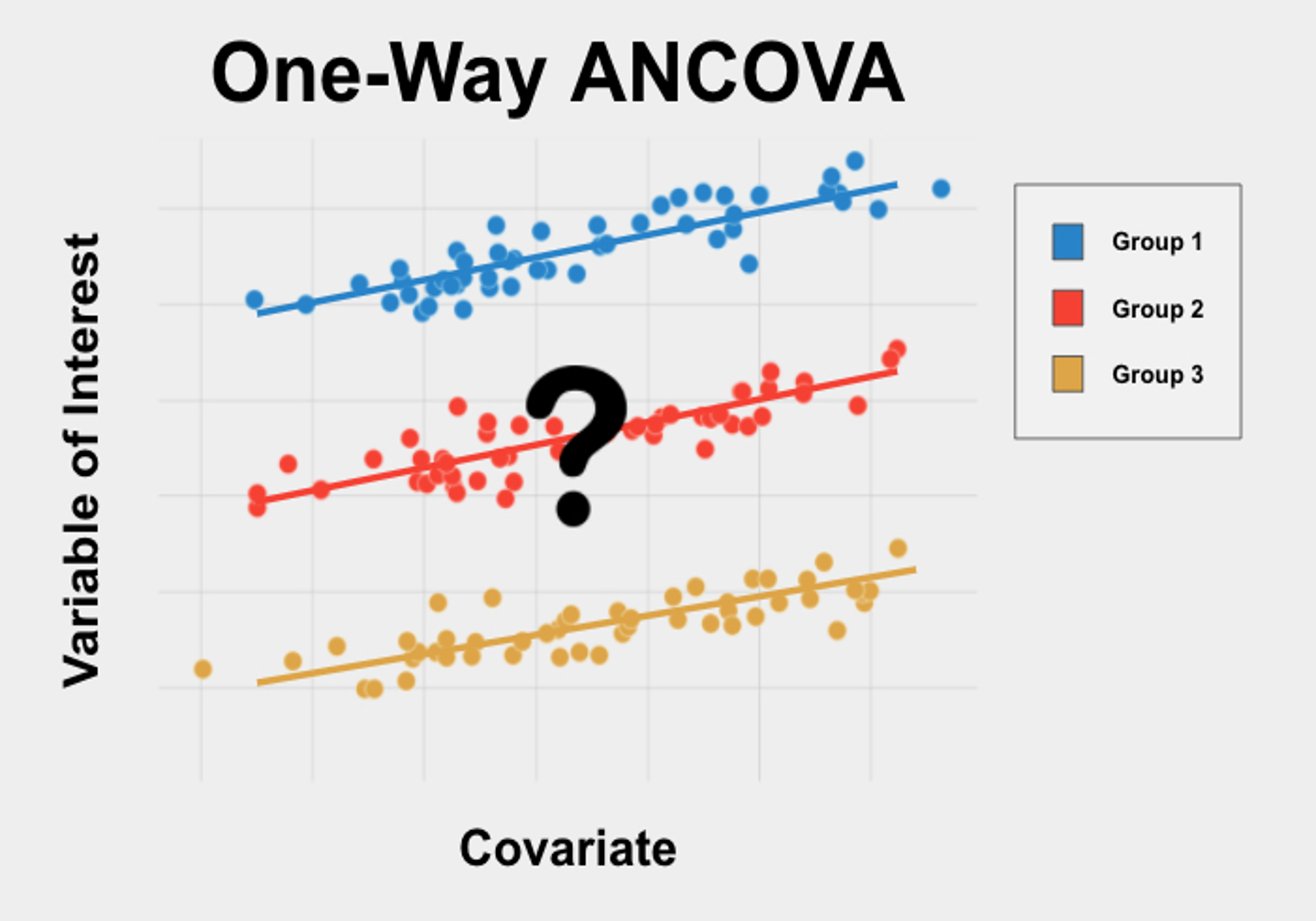$20 Bonus + 25% OFF CLAIM OFFER
Place Your Order With Us Today And Go Stress-Free
This study looks into the connection between two important factors: mothers who smoked during pregnancy (independent variable) and babies who were born with low birth weight (dependent variable) (Bhandari et al., 2018).
Figuring out how this behaviour by women affects the birth weight of their babies is important for solving public health issues and planning actions to lower the number of babies born with low weight, which will improve the health of both mothers and babies (Pereira et al., 2017).
It would be best for this study to use a prospective group study design.
By keeping an eye on a group of pregnant women and their smoking habits throughout their pregnancies, it is possible to find timing links between smoking and low birth weight (Berlin and Oncken, 2018).
This approach reduces memory bias, gives a strong foundation for causal reasoning, and lets us look into possible modifiers (Crume, 2019).
Research Question: "What is the temporal association between maternal tobacco smoking during pregnancy and the occurrence of low birth weight in offspring, considering potential modifying factors?"
Hypothesis 1: Those babies born to mothers who smoke during pregnancy are more likely to have low birth weight.
Hypothesis 2: Modifying factors, such as mother age, social status, and prenatal care, will affect the size and direction of the link between maternal smoking and low birth weight.
These theories form the basis for studying the complicated relationship between mother smoking habits, birth results, and possible influencing factors in the setting of infant development.
For the chosen study on mother tobacco smoking during pregnancy and low birth weight, inferential statistics like logistic regression and analysis of covariance (ANCOVA) would be suitable (Macchi et al., 2021).
Logistic regression helps measure the probability of low birth weight based on mother smoking, while ANCOVA allows for the study of continuous outcomes (e.g., birth weight) while allowing for possible factors (Slemming et al., 2016).
These methods align with the overall complexity of the study based on the interaction of multiple factors affecting birth weight as well as improves the ability to effectively draw vital conclusions in context to the overall link between mother smoking and low birth weight while controlling for relevant variables (Xaverius et al., 2019).

Selection Bias: There can flaws if participants' traits influence their selection. These can possibly affecting the generalizability of results.
Loss to Follow-up: Studies are predisposed to the subjects leaving out. This can lead to missing data as well as possible bias and decreased statistical strength.
Confounding: Despite attempts to control for confounding factors, leftover confounding may remain, impacting the accuracy of the reported relationship between mother smoking and low birth weight in children.
In conclusion, this study underscores the important link between mother tobacco smoking during pregnancy and the chance of low birth weight in children.
The results add to our understanding of changeable risk factors, helping public health measures.
Addressing mother smoking is crucial for supporting better birth results and general mom and child well-being.
• Berlin, I. and Oncken, C., 2018. Maternal smoking during pregnancy and negative health outcomes in the offspring. Nicotine and Tobacco Research, 20(6), pp.663-664.
• Bhandari, N.R., Day, K.D., Payakachat, N., Franks, A.M., McCain, K.R. and Ragland, D., 2018. Use and risk perception of electronic nicotine delivery systems and tobacco in pregnancy. Women's Health Issues, 28(3), pp.251-257.
• Crume, T., 2019. Tobacco use during pregnancy. Clinical obstetrics and gynecology, 62(1), pp.128-141.
• Macchi, M., Bambini, L., Franceschini, S., Alexa, I.D. and Agostoni, C., 2021. The effect of tobacco smoking during pregnancy and breastfeeding on human milk composition—a systematic review. European Journal of Clinical Nutrition, 75(5), pp.736-747.
• Pereira, P.P.D.S., Da Mata, F.A., Figueiredo, A.C.G., de Andrade, K.R.C. and Pereira, M.G., 2017. Maternal active smoking during pregnancy and low birth weight in the Americas: a systematic review and meta-analysis. Nicotine & tobacco research, 19(5), pp.497-505.
• Slemming, W., Bello, B., Saloojee, H. and Richter, L., 2016. Maternal risk exposure during pregnancy and infant birth weight. Early Human Development, 99, pp.31-36.
• Xaverius, P.K., O’Reilly, Z., Li, A., Flick, L.H. and Arnold, L.D., 2019. Smoking cessation and pregnancy: timing of
cessation reduces or eliminates the effect on low birth weight. Maternal and child health journal, 23, pp.1434-1441.
Are you confident that you will achieve the grade? Our best Expert will help you improve your grade
Order Now










